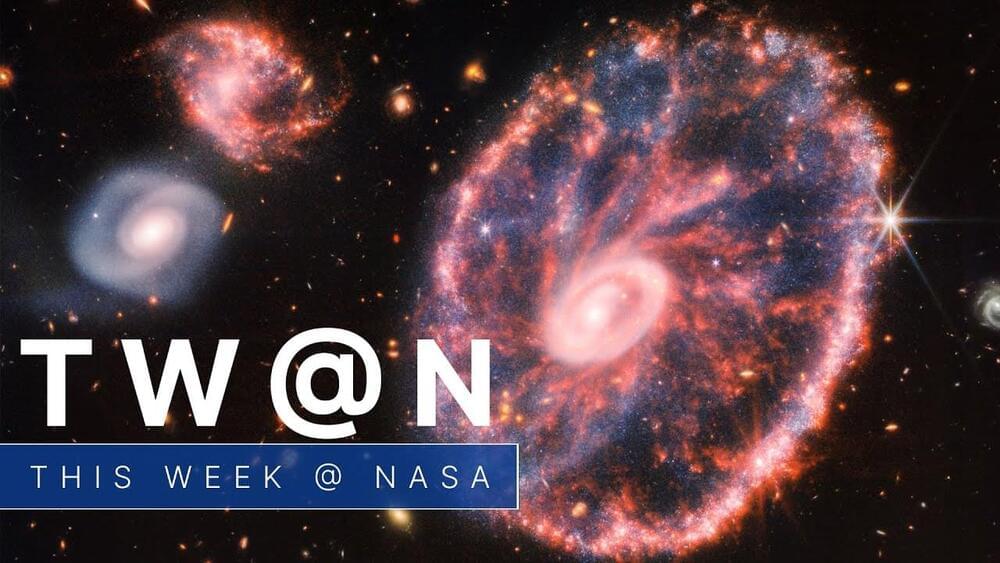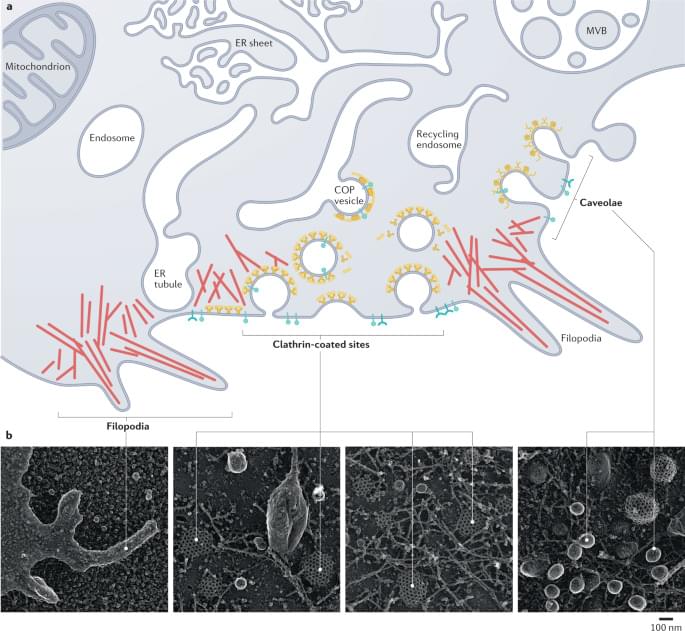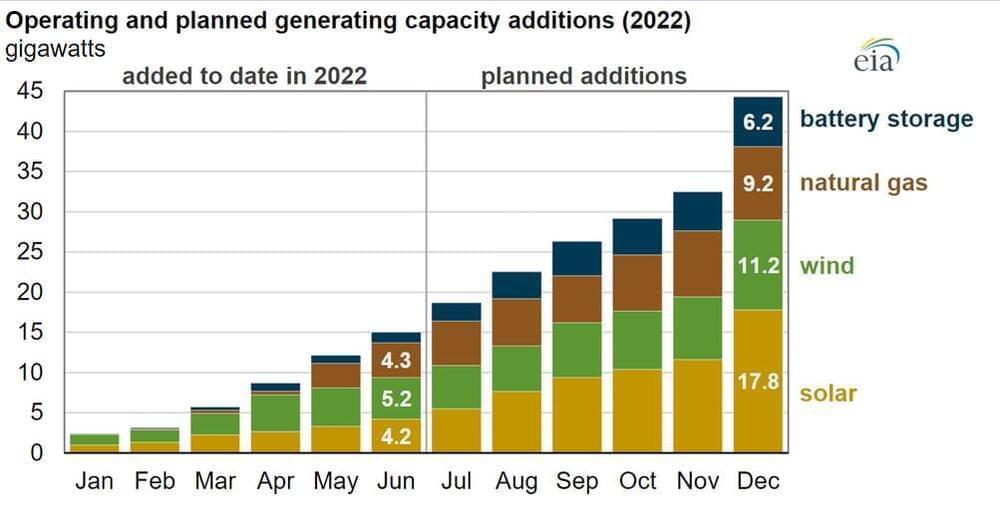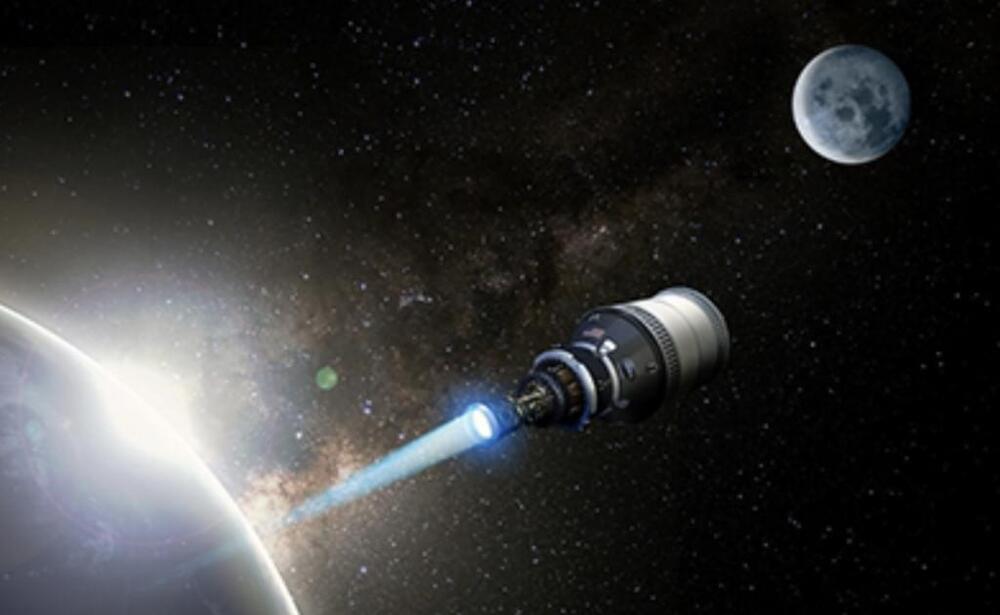
While some SMRs under development rely on exotic new designs that use molten uranium or thorium salts as a fuel, the NuScale reactor, which has been named VOYGR, is not dramatically different from traditional full-scale ones. It is based on a design developed at Oregon State University in the early 2000s called the “Multi-Application Small Light Water Reactor.”
The design consists of a 76-foot-tall, 15-foot-wide cylindrical containment vessel that houses the reactor. Water is passed over a series of uranium fuel rods that generate heat through fission reactions. The heated water then rises up towards steam generators, which use the heat from the water to produce superheated steam. This is then used to drive a turbine that generates electricity.
Each module is designed to generate 50 megawatts of energy, but the company plans to combine up to 12 SMRs to achieve similar outputs to conventional nuclear plants. The SMRs come with novel safety features designed to prevent the kind of disasters that have hardened public opinion against nuclear power.









